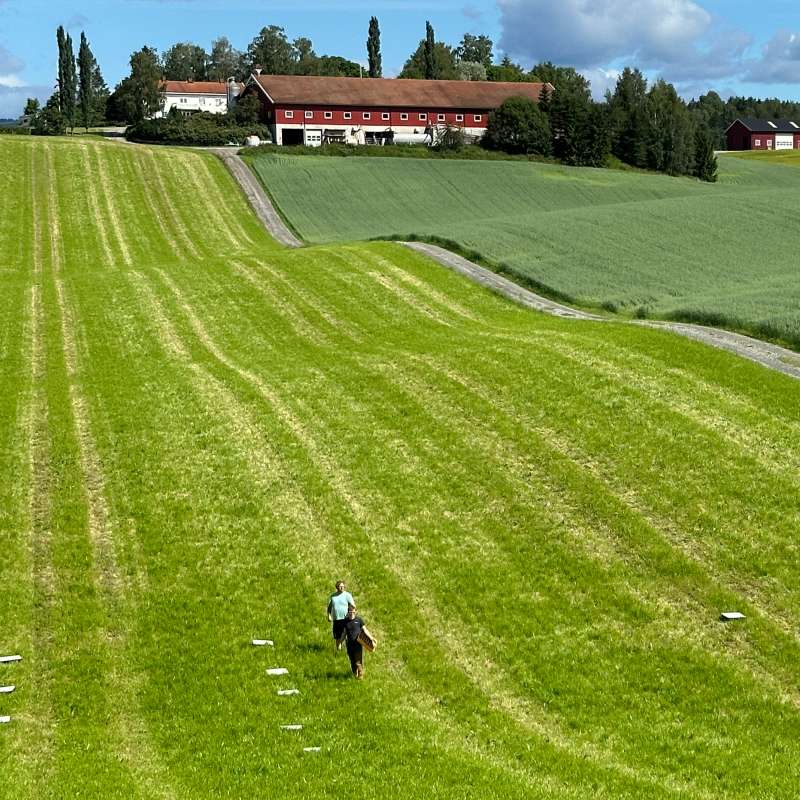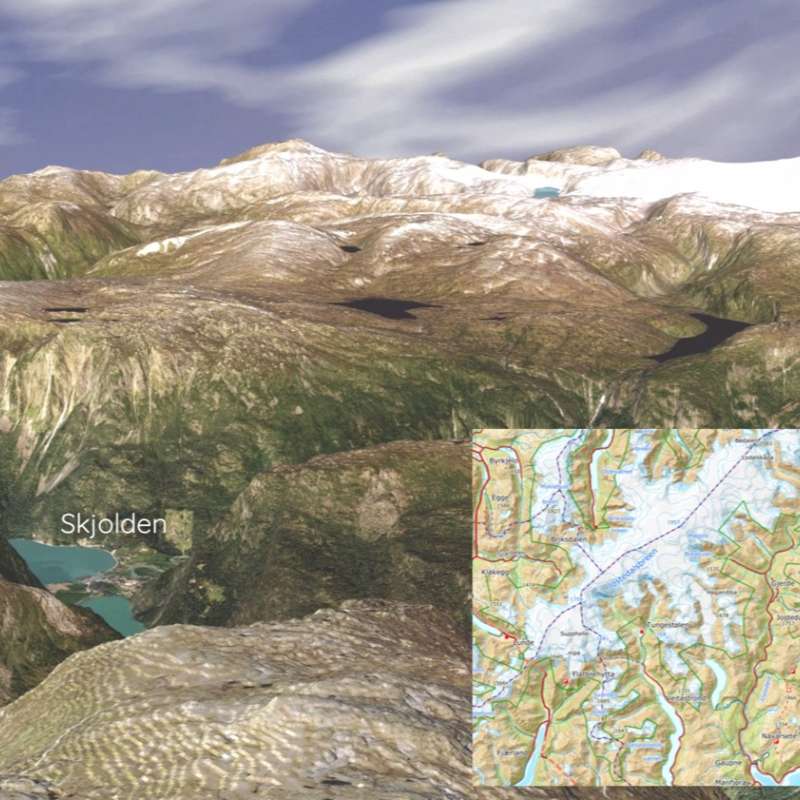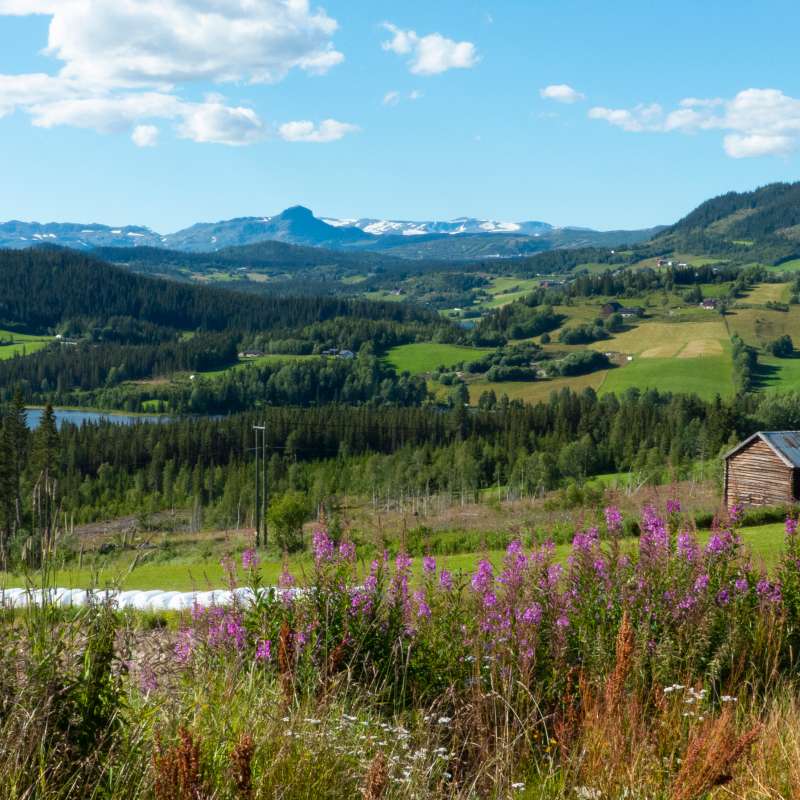Svein Olav Krøgli
Forsker
(+47) 469 20 837
svein.olav.krogli@nibio.no
Sted
Ås - Bygg O43
Besøksadresse
Oluf Thesens vei 43, 1433 Ås (Varelevering: Elizabeth Stephansens vei 21)
Biografi
Sammendrag
Det er ikke registrert sammendrag
Sammendrag
Det er ikke registrert sammendrag
Sammendrag
Det er ikke registrert sammendrag

Divisjon for kart og statistikk
SoilMate
Det stilles mange og store og inngripende krav til dagens bonde, og det er mange ulike målsetninger å forholde seg til. Dette skaper fort usikkerhet, spesielt når bonden møter målkonflikter. For eksempel skal det produseres mer og mer effektivt samtidig som det blant annet skal tas en rekke miljøhensyn. Undersøkelser viser imidlertid at det er mulig å øke avlingene, nettofortjenesten og redusere klimagassutslipp.

Divisjon for kart og statistikk
Geovisualisering
NIBIO forvalter store mengder geografiske data om blant annet arealbruk, vegetasjon, beiteressurser, jordsmonn og biologisk mangfold. Det finnes et stort potensial for å visualisere og formidle geodata på mer engasjerende og intuitive måter.

